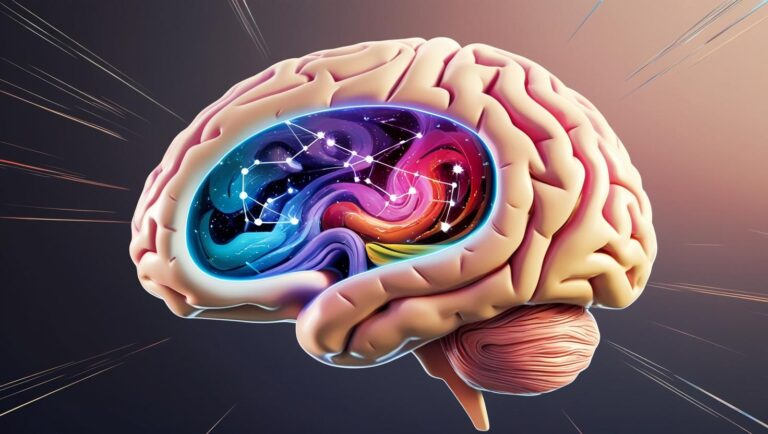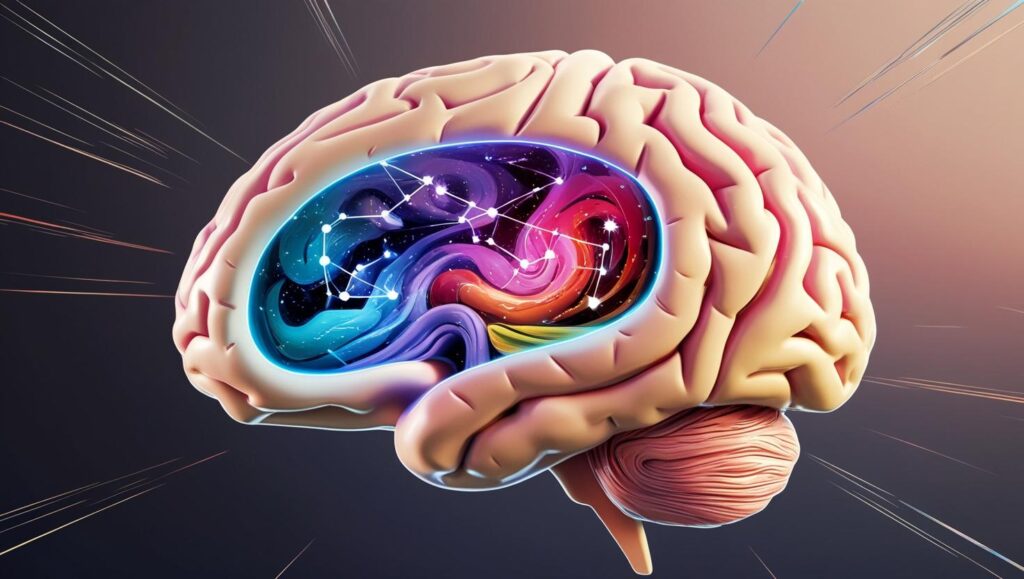Motivation in ADHD isn’t broken, it’s wired differently. The key is not to fix it, but to work with it.
Not Lazy, Not Unmotivated, Just Misunderstood

If you live with ADHD, you’ve likely wrestled with the confusing experience of wanting to do something, but not being able to start. Maybe you’ve felt ashamed for struggling to do “simple” tasks, or frustrated that rewards and deadlines that work for others just don’t seem to move you. You are not alone, and you’re not broken.
ADHD impacts the way motivation works in the brain. This isn’t about laziness or lack of willpower. It’s about how dopamine, the brain’s reward chemical that drives engagement, and how ADHD brains need different cues to activate it.
The Science: What’s Going On in the ADHD Brain?
Let’s break it down. Motivation in neurotypical brains often follows a pattern: see a task → anticipate reward → initiate action. But in ADHD brains, this loop is interrupted.
Research shows that ADHD brains have lower baseline dopamine levels (Volkow et al., 2009). Dopamine is what helps us feel reward, excitement, and drive. When it’s in short supply, so is motivation.
So when someone with ADHD can’t “just do it,” it’s not defiance. It’s a dopamine issue.
Four Motivational Pathways (Barkley, 2010):
-
Interest-based: “I’m curious or excited by this.”
-
Urgency-based: “There’s a looming deadline.”
-
Challenge-based: “Can I beat the clock?”
-
Novelty-based : “This is new and stimulating.”
These are often stronger triggers than external rewards or consequences.
Understanding this gives us permission to stop blaming ourselves, and start designing supports that work with our brains.

Reframing the Narrative: Motivation as a Creative Spark
Think of motivation in ADHD not as a faulty motor, but as a matchstick. It needs the right kind of friction to spark. For some, that’s novelty. For others, it’s social connection, movement, or a race-against-time.
This also explains why tasks that look the same from the outside can feel completely different internally. Paying a bill online might be impossible one day but effortless the next – because something clicked in your nervous system. You’re not inconsistent. Your environment is inconsistent in meeting your motivational needs.
From Self-Criticism to Strategy: “Activation, Not Motivation”
Many ADHD-informed therapists and coaches now use the term “activation” instead of motivation. Why? Because it shifts the focus from “Why don’t I feel like it?” to “What conditions help me start?”
Here are some evidence-based strategies:
1. Body Before Brain
Engaging the body helps engage the brain. Movement increases dopamine and norepinephrine (Medina, 2014). Try a brisk walk, desk stretches, or jumping jacks.
2. Use the Pomodoro Twist
ADHD brains often resist rigid timers. Instead, gamify it: “How much can I get done in one song?” or “I’ll write for one episode of my favourite lo-fi playlist.”
3. Visual Triggers
Out of sight = out of mind. Use visual cues, colourful checklists, or even sticky notes on doors. Externalise your intention.
4. Dopamine Pairing
Bundle a low-dopamine task (emails) with a high-dopamine one (snack, music, standing desk). This is called temptation bundling (Milkman et al., 2014).
5. Micro-goals
Break tasks into absurdly tiny steps: “Open document” is a valid goal. Completion triggers dopamine, and success builds momentum.
Adaptive Strengths: The Flip Side of “Inconsistent”

When a task does align with your internal interest circuitry, you can enter a flow state that rivals any productivity hack.
This is not accidental. It’s how your brain is wired to thrive, in bursts, in sparks, in spirals
The goal is not to force yourself into linear patterns, but to harness the momentum when it arrives, and scaffold the times it doesn’t.
Brain Break: Dopamine Dial-in
Take 3 minutes. Choose one sense to focus on. What do you hear right now? A bird, a fan, distant laughter? Tune into one sound and let it fill your attention. Breathe into it.
You’re not being lazy, you’re refuelling your spark!

Prompt for Reflection:
What task are you avoiding right now?
Ask yourself: What would make this interesting, urgent, or playful?
Now try just starting, with no pressure to finish.
Final Thought: Design Beats Discipline
ADHD isn’t a failure of willpower. It’s a different operating system. Once you know the code, you can design a life that lights you up.
References:
Volkow, N.D. et al. (2009). Dopamine in ADHD. Journal of the American Medical Association.
Barkley, R.A. (2010). Executive Functions: What They Are, How They Work, and Why They Evolved.
Medina, J. (2014). Brain Rules: 12 Principles for Surviving and Thriving at Work, Home, and School.
Milkman, K.L., Minson, J.A., & Volpp, K.G. (2014). Holding the Hunger Games Hostage at the Gym: An Evaluation of Temptation Bundling. Management Science.

